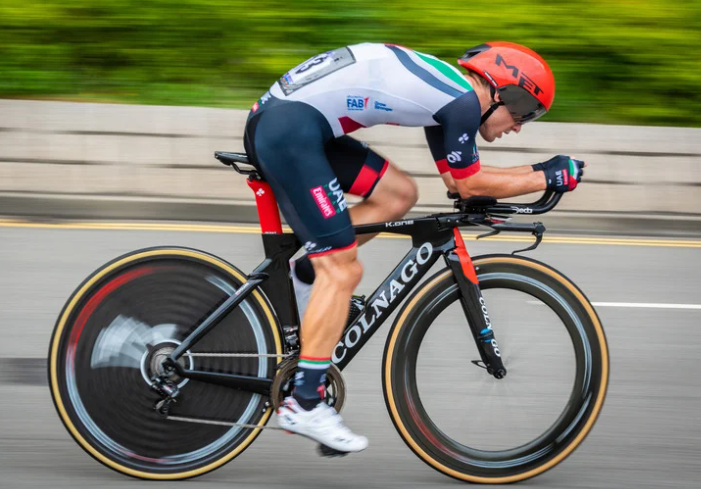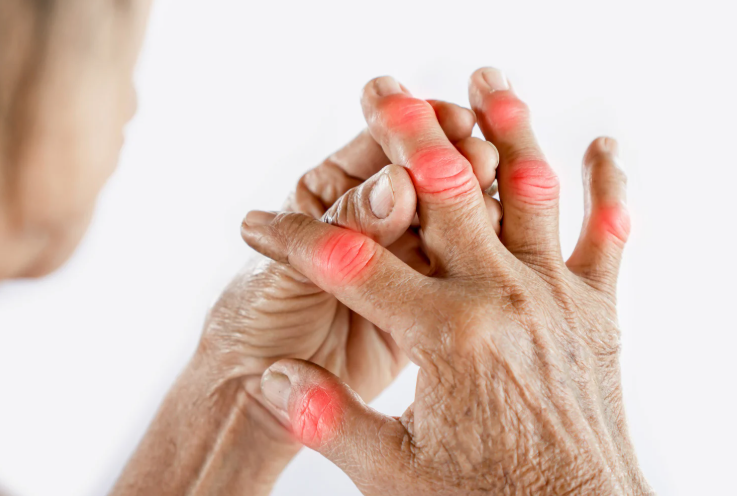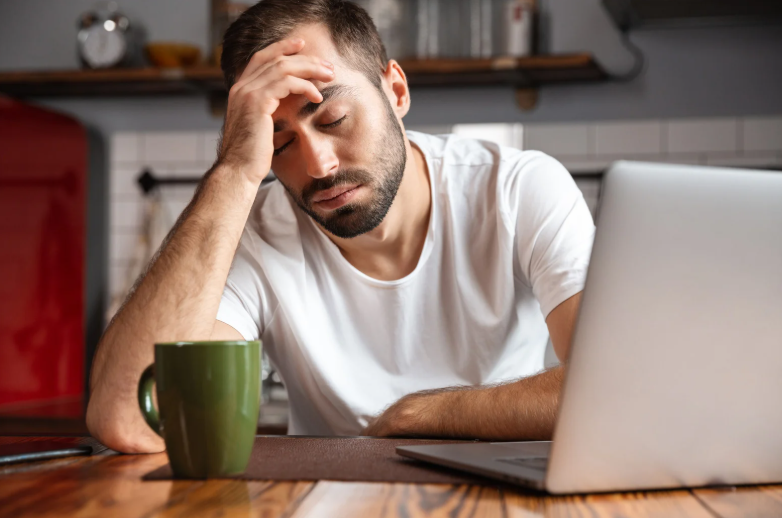
52) How to Conquer Common Cycling Injuries with Physiotherapy
Cycling injuries can sneak up on you, especially when the volume has increased. Cycling’s a brilliant way to stay fit, commute, and unwind — but it’s not without its niggles. Whether you’re a weekend road warrior or daily commuter. In this blog, we’ll unpack the most common injuries, what causes them, how physio can help, and share a patient success story that’ll inspire you back on the bike.
🚴 Why Cycling Injuries Happen in the First Place
Cycling is a low-impact activity, but it’s also repetitive and posture-driven. This means even slight issues in bike setup, strength, or flexibility can create problems over time. Common culprits include:
- Poor bike fit (seat too high, handlebars too low)
- Muscle imbalances
- Weak core or glutes
- Overtraining
- Lack of flexibility
- Poor riding posture
While many cyclists shrug off discomfort as part of the ride, ongoing pain can lead to more serious injuries and time off the bike. That’s where physiotherapy steps in.

🔍 Common Cycling Injuries We See in the Clinic
Let’s break down the most frequent cycling injuries we treat — and what to do about them.
1. Knee Pain (Patellofemoral Pain Syndrome or “Cyclist’s Knee”)
Symptoms: Dull ache around the kneecap, especially during or after riding.
Cause: Usually due to overuse, poor alignment, or saddle positioning. Weak glutes and quads also contribute.
How Physio Helps:
This would be one of the most common cycling injuries we see. We assess your riding position, check muscle imbalances, and create a tailored program. Techniques include taping, manual therapy, strength work, and mobility drills.
2. Lower Back Pain
Symptoms: Achy or sharp pain in the lumbar spine after longer rides.
Cause: Core weakness, poor posture, or bike fit (particularly a stretched-out position).
How Physio Helps:
We’ll guide you with core stability training, mobility work, and posture corrections — plus refer you to a bike fitter if needed.

3. Neck and Shoulder Pain
Symptoms: Tightness or pain around the base of the neck and upper shoulders.
Cause: Prolonged neck extension on long rides and tight traps or weak scapular muscles.
How Physio Helps:
Neck mobility drills, thoracic spine extension exercises, posture education, and strength training for the upper back can all make a difference.
4. Achilles Tendinopathy
Symptoms: Pain or stiffness at the back of the ankle, especially in the morning or during rides.
Cause: Overuse, excessive pedalling load, or saddle position too high.
How Physio Helps:
We use eccentric loading exercises, soft tissue release, dry needling (if needed), and education on load management.
If you want to learn more about Tendon Injuries, CLICK HERE to read our blog on this.
5. ITB Syndrome (Iliotibial Band Friction Syndrome)
Symptoms: Lateral knee pain that worsens with activity.
Cause: Tight ITB, weak hip abductors, poor alignment during pedalling.
How Physio Helps:
We’ll address hip strength and stability, foam rolling, stretching, and modify your training volume to settle symptoms.
6. Hand and Wrist Pain (Ulnar Neuropathy or “Handlebar Palsy”)
Symptoms: Numbness or tingling in the ring and pinky fingers.
Cause: Prolonged pressure on the ulnar nerve from handlebars.
How Physio Helps:
We provide education on hand positioning, strengthening of wrist and hand muscles, and neural mobility techniques.

7. Saddle Sores and Perineal Numbness
Symptoms: Skin irritation or numbness in the groin/perineal area.
Cause: Poor saddle choice, incorrect positioning, or too much time in the saddle.
How Physio Helps:
While physios don’t prescribe saddles, we do assess pelvic positioning and give postural cues to reduce pressure on sensitive areas.
🧠 Don’t Forget the Mental Toll
Cycling injuries don’t just affect the body — they can sideline your mindset too. Missing training rides or races, losing your fitness, and fearing re-injury can be tough. Physiotherapy offers reassurance, a structured recovery plan, and the confidence to ride again without hesitation.
💡 Prevention is Better Than Cure
Here’s what we recommend to all our cycling patients to stay injury-free:
| Tip | Why It Helps |
|---|---|
| Get a professional bike fit | Prevents poor biomechanics and overload injuries |
| Strength train twice a week | Boosts resilience and reduces injury risk |
| Stretch post-ride | Keeps muscles flexible and joints moving well |
| Use a foam roller | Aids recovery and reduces tightness |
| Cross-train (e.g. swimming, Pilates) | Builds well-rounded fitness and avoids overuse |
| Listen to your body | Don’t push through pain — it’s not worth it! |

🧍♂️ Real Patient Story: Meet James
James, a 36-year-old recreational cyclist, came to our clinic after developing one of th emost common cycling injuries on the list: a sharp knee pain on longer rides. He’d recently increased his training to prepare for a 100km charity ride, and the discomfort had become a daily issue.
Assessment Findings:
- Tight hip flexors
- Weak glutes and core
- Saddle slightly too high
- Poor patella tracking when squatting
Treatment Plan:
We started with hands-on treatment to ease knee and hip tension, then introduced glute bridges, single-leg squats, and core exercises. James was also referred to a local bike fitter to fine-tune his saddle height and cleat alignment.
Within 4 weeks, his knee pain had halved. By week 6, he was riding without discomfort. He completed his charity ride pain-free and now does ongoing strength sessions in our clinic gym to stay on track.
James’ feedback:
“I honestly thought I’d have to pull out of the ride. The Olivers physio treatment and advice made all the difference. I now ride smarter, not just harder.”
⚡Why Physio Makes All the Difference
Physiotherapists aren’t just here to slap some ice on your cycling injuries. We take a holistic view:
- Assess your movement patterns
- Identify weak links and overworked areas
- Help you build strength and mobility
- Provide education to avoid future issues
- Integrate with your riding goals and schedule
And most importantly — we help you get back doing what you love. Whether it’s racing, commuting, or casual Sunday loops.
🧭 When to See a Physio
Don’t wait until you have one of the listed cycling injuries. You should book in if:
- Pain lingers for more than a few rides
- Symptoms affect daily activities (walking, stairs, sleep)
- You feel stiff or “off” after riding
- You’ve had repeated flare-ups
- You want to prevent injury and optimise performance

🔧 Bike Fit: Often Overlooked, Always Important
Your bike is like an extension of your body. If it doesn’t match your size or biomechanics, even short rides can lead to overuse injuries. We often work alongside bike fitters to ensure your:
- Saddle height and fore/aft position is correct
- Cleats are properly aligned
- Handlebar reach and drop suit your body
- Riding posture supports spinal alignment
A proper bike fit can be life-changing for riders with chronic cycling injuries — it’s well worth the investment.
🔁 Physio for Cyclists: What to Expect
All cycling injuries will involve your first session looking like this:
- Full assessment of injury and history
- Strength, flexibility, and movement analysis
- Tailored rehab plan
- Manual therapy (massage, joint mobilisation, dry needling)
- Exercise programming and technique coaching
- Advice on load management and return to riding
And if needed, we can refer you for scans or liaise with your bike fitter, coach, or GP.
✅ Wrap Up: Stay in the Saddle, Stay Strong
Cycling should be fun — not painful. Don’t let an injury derail your rides or stop you from smashing your goals. With the right physio support, you can recover faster, ride stronger, and keep doing what you love.
📞 Need Help? We’ve Got You Covered
If you’re dealing with cycling-related pain or want to bulletproof your body for the bike, we’re here to help.
Give us a call today on 9806 3077, or book online — just CLICK HERE.



